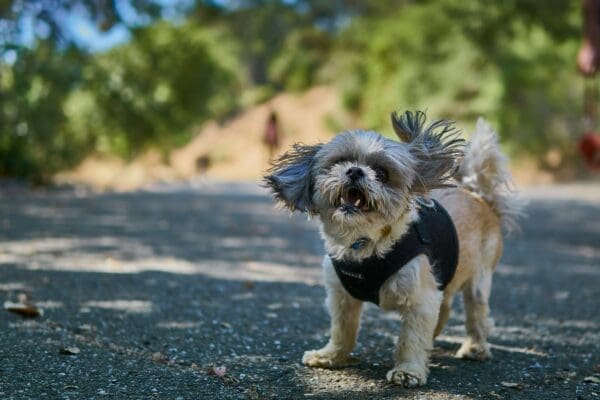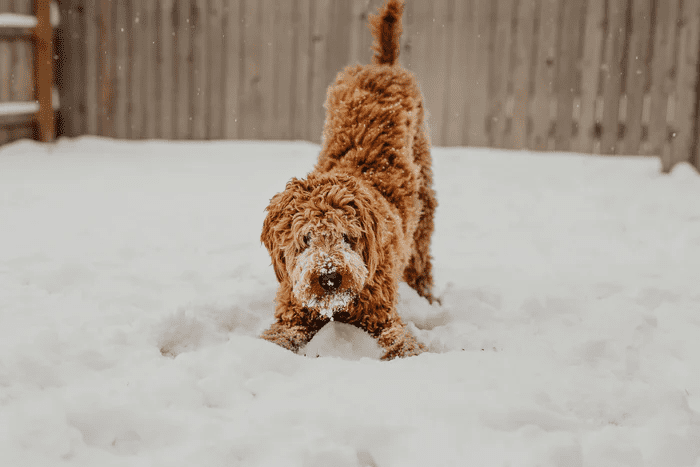The Essential Guide to Choosing the Right Harness for Your Dog

Diving into the world of dog harnesses, we see various designs, each with its distinct purpose. The standard harness, for example, is beneficial for everyday walks and provides a balanced distribution of pressure, which can be particularly helpful for medium-sized dogs. No-pull harnesses showcase a unique design that discourages pulling by redistributing the pulling force across the dog’s body. This is particularly helpful for managing solid and excitable dogs who may tend to lunge or chase, aiding in proper leash etiquette. Vest harnesses provide additional coverage, making them ideal for small breeds or dogs with sensitive skin; their broader straps distribute pressure more evenly, thereby reducing the chance of injury or discomfort.
The Importance of Proper Fit and Comfort
A well-fitted best dog harnesses is a cornerstone of comfortable and practical gear for your pet. It’s essential to find a balance between snugness and freedom of movement. The process starts with accurate measurements. Measure your dog’s neck and chest and use these dimensions as a guide when selecting a size, considering that different brands may fit differently.
Consequently, look for adjustable points on a harness that allow fine-tuning for a perfect fit. Beyond measurements, observe your dog’s body language when they wear the harness. Signs of discomfort may include scratching the harness, hesitance to move, or labored breathing if it’s too tight.
Materials and Durability: What to Look For
The material from which a harness is made contributes significantly to its longevity and durability. Nylon straps are prevalent due to their solid fibers and resistance to mildew and abrasion. For dogs with longer fur or those prone to skin irritation, look for options lined with softer materials such as neoprene or fleece. The clasp is another focus; metal clasps are typically more durable than plastic, yet some high-grade plastics offer a lightweight alternative without sacrificing strength. Maintenance is pretty straightforward but essential. Regular cleaning according to the manufacturer’s instructions and inspection for signs of wear can significantly extend the life of the harness, making it a reliable tool for your pet’s outings.
Training With a Harness: Tips and Techniques
A harness can be a powerful ally when managing your dog’s behavior. Specifically, a harness provides a gentler approach during leash training than a collar. It can discourage pulling without the choking sensation, making the training sessions less stressful for your furry friend. A no-pull harness can be particularly beneficial as it provides gentle guidance whenever your dog tries to pull, redirecting their attention back to you.
The Role of Reflective Features for Safety
Dog harnesses with reflective features offer an additional layer of safety, making your dog visible to vehicles, bikers, and pedestrians during low-light conditions. This is especially important if you live in an area with limited street lighting or frequently walk along roadsides. The reflective material captures the light from headlights and street lamps, creating a bright, glowing effect. This not only helps prevent accidents but also allows you to keep a watchful eye on your dog during evening walks or in dimly lit environments like wooded trails.
Accessibility Features for Senior Dogs and Those with Mobility Issues
Age or physical conditions can limit a dog’s mobility. In these cases, a harness with accessibility features can be immensely beneficial. Designs with additional padding offer support and are gentler on the joints, while harnesses with handles allow owners to assist their pets in standing up, climbing stairs, or getting in and out of vehicles. Positioning these handles is crucial for a proper lift, ensuring balance and comfort for your pet without putting undue stress on sensitive areas.
The Impact of Harnesses on Dog Behavior and Control
Harnesses exert control differently than collars, distributing pressure more evenly around the torso rather than concentrating it on the neck. This not only improves power but also minimizes the risk of neck injury. Using a harness for dogs that tend to pull can decrease this behavior by creating a less distressing restraint. Many pet parents experience better manageability of their dog’s movements, especially in congested areas where they need to navigate through crowds or traffic.
Customization and Personalization of Dog Harnesses
Dog harnesses don’t have to be purely functional; they can also showcase your pet’s style. With many colors, patterns, and materials available, you can choose a harness that mirrors your dog’s personality or even complements your wardrobe. Many companies offer personalization services such as embroidered names and phone numbers, which, besides being stylish, add a practical layer for identification in case your dog gets lost. Customization can also extend to the functionality, with options for clip placement that match your dog’s leash-walking style or harnesses that include pockets to carry small items during a walk or hike.
Integrating Harnesses with Other Dog Accessories
When integrating a harness with other dog accessories, looking for compatibility and convenience features is essential. Many harnesses come with attachment points for leashes, poop bag holders, and ID tags. These features can streamline your dog’s gear and make your life easier during outings. When transitioning from a collar to a harness, introduce the harness gradually to your dog, allowing them to get accustomed to the new gear. Remember to check the fit more frequently as your pet becomes comfortable with the harness, as their movement can sometimes cause adjustments to fit over time.








